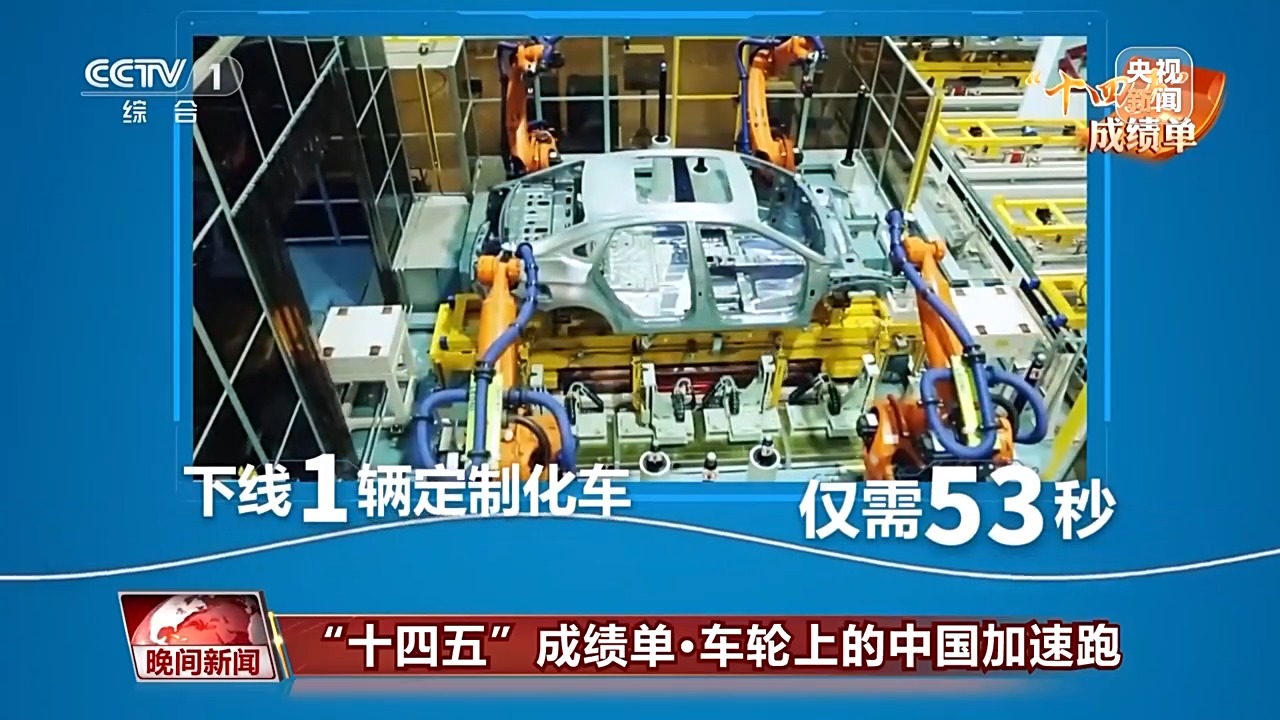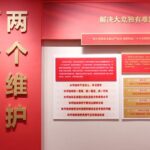During the “14th Five-Year Plan” period, China’s automotive industry has accelerated its innovation pace, transitioning from following to leading, as China strides forward to become an automotive powerhouse. Let’s review the achievements of the “14th Five-Year Plan”.
The “14th Five-Year Plan” outline proposed to enhance the modernization level of industrial and supply chains, promote the optimization and upgrading of manufacturing, and focus on strategic emerging industries such as new materials, high-end equipment, and new energy vehicles.
In 2024, China’s total automobile production and sales volume ranked first globally for the 16th consecutive year, maintaining an annual scale of over 30 million vehicles for two consecutive years. Among these, the sales proportion of new energy vehicles increased from 5.4% in 2020 to 40.9%, while production surged from approximately 1.4 million vehicles in 2020 to around 13 million vehicles in 2024. In 2023, China exported 4.91 million vehicles, surpassing Japan for the first time to become the world’s largest automobile exporter. During the “14th Five-Year Plan” period, China’s automotive industry has risen to become the country’s primary economic pillar, with the total production value of upstream and downstream industrial chains accounting for about 10% of national GDP.
- In Guangzhou, at a lighthouse factory for new energy vehicles, a single production line can simultaneously manufacture 8 different models, with a customized vehicle rolling off the line in just 53 seconds;
- In the Yangtze River Delta, a new energy vehicle assembly plant can source all required supporting components within a 4-hour drive;
- In Chongqing, a super automotive factory is equipped with over 1,000 intelligent devices, utilizing AI inspection systems throughout the entire production process.
During the “14th Five-Year Plan” period, traveling with new energy vehicles has become more convenient. By the end of August 2025, the total number of electric vehicle charging infrastructure units (charging guns) reached 17.348 million; expressway service areas had cumulatively built 38,000 charging facilities, covering 98% of service areas nationwide. Except for Tibet and Qinghai, all other provinces have achieved “county-wide coverage” of charging stations.
One-click interaction, human-vehicle dialogue… vehicles now meet diverse scenario needs including entertainment, learning, chatting, and sightseeing inside the car. Over 50 cities nationwide have conducted intelligent connected vehicle road testing demonstrations, opening 32,000 kilometers of test roads and completing intelligent upgrades for approximately 10,000 kilometers of roads.
By manufacturing smarter vehicles, building more intelligent roads, and establishing safer systems, through multi-party collaboration, “Made in China” automobiles are growing wings of intelligent connectivity, continuously advancing toward a greener and smarter future.



